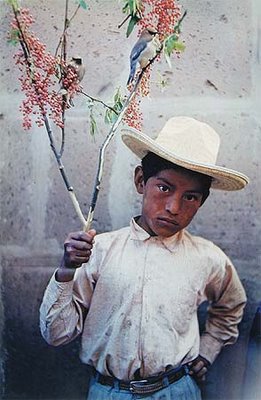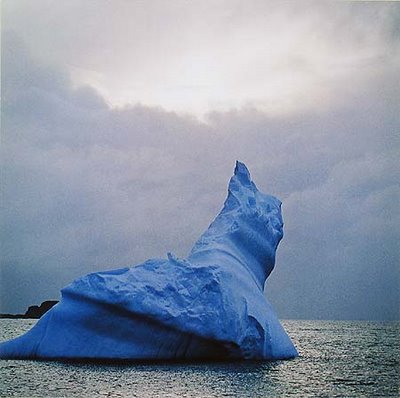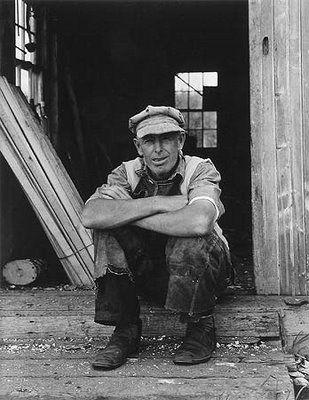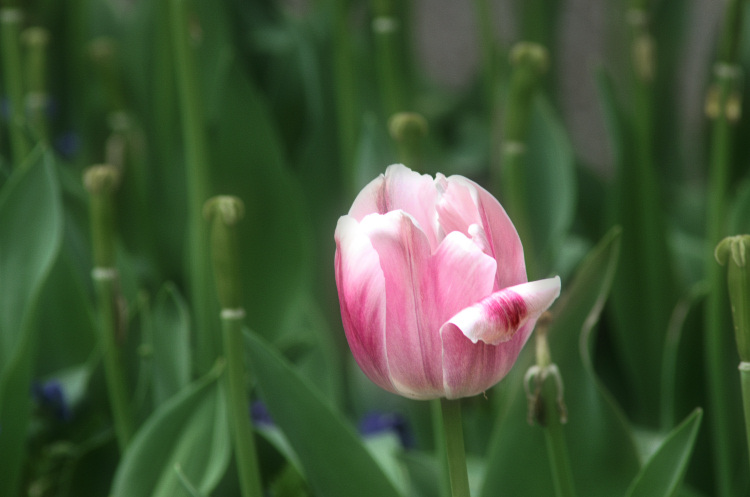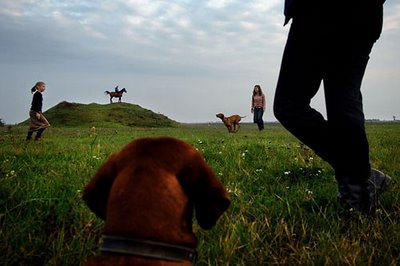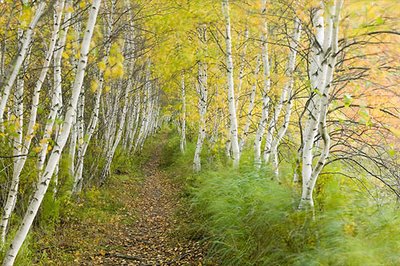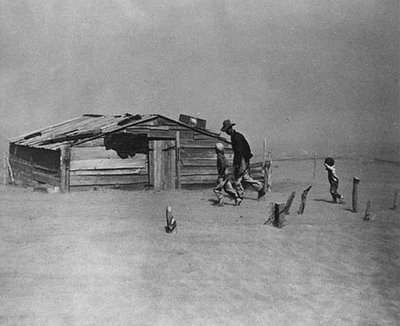Look through the Masters of Photography web site and you won't find the work of Eliot Porter. Chances are you also won't find him listed at other, similar sites. Porter (1901-1990) was a medical researcher turned photographer who produced a number of books that were popular in their day (the decades of the '60s, '70s and '80s). He did not receive widespread critical acclaim, however, almost certainly because he was one of the first to do serious, fine art photography in color.
Color photography and black and white photography have distinct strengths and they often convey ideas and emotion, quite effectively, in vastly different ways. Whether or not both enjoy the same level of acceptance in the art community remains open to question. During the time of Porter's career, though, it is safe to say that color was the stepchild, while the traditional monochrome print was seen as being more artsy.
Perhaps the combination of a scientific background and his position as a pioneer in color photography contributed to the style of Porter's color work. Much of it is interested in fine detail--flower petals, leaves floating in pools, lichens on rock, for example. A concern for the ecology is obvious throughout.
After you have a look at the samples below, continue reading. There was more than this to the artistry of Eliot Porter.
Although best known for this color work, it was as a black and white photographer that Porter first came to the attention of the influential Alfred Stieglitz during the 1930s. Beginning in 1946, Porter lived in Santa Fe, New Mexico, and many of his best black and white photographs picture the American Southwest.
Not many photographers can move from one style to another as gracefully as Porter was able to do. With an amazing versatility, some of his black and white photographs compare very favorably with the work of Ansel Adams, Walker Evans and Edward Weston. Here is a sampling:
Porter left his professional work to the Amon Carter Museum in Fort Worth, Texas. See the link below for their excellent on-line collection and guide to his work.







